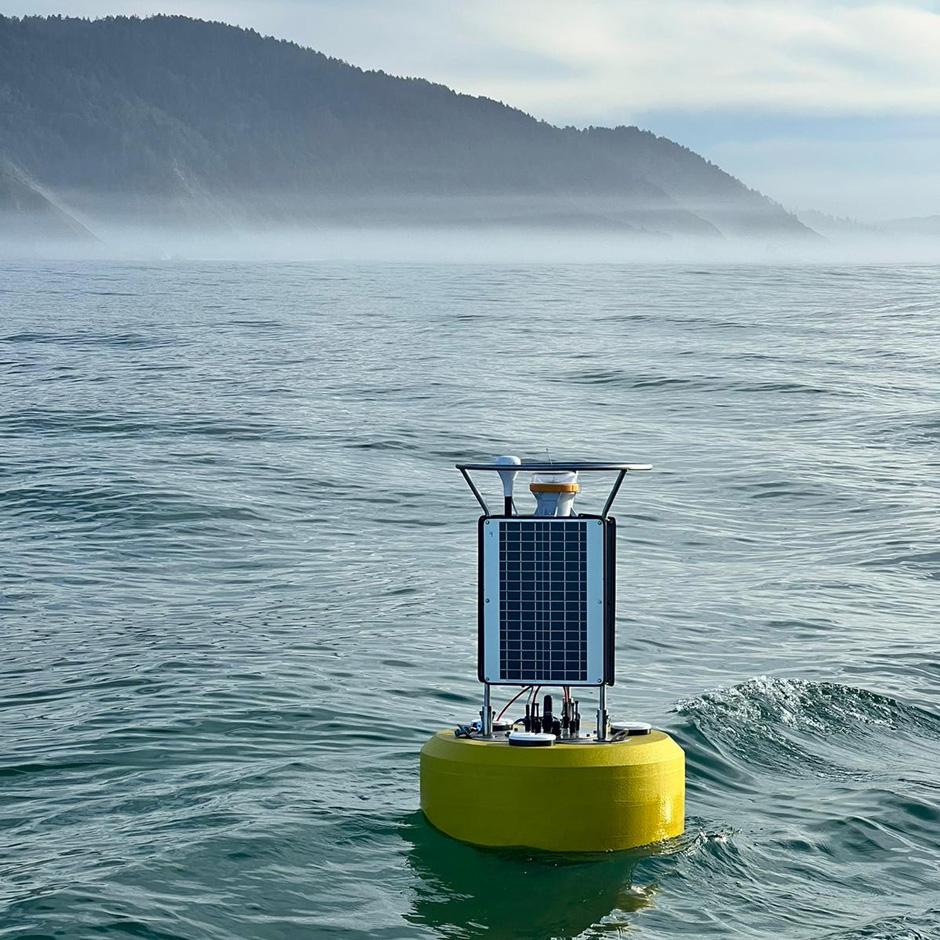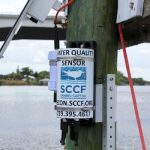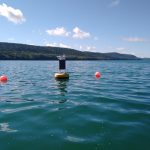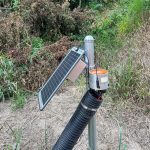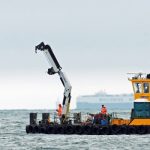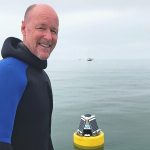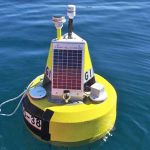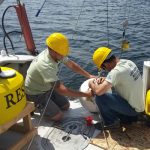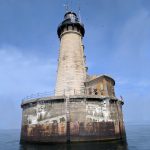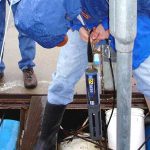Gravity Consulting
Leading up to the 21st century, the United States supported decades of dam construction in major waterways across the country. Many of these dams were hydroelectric facilities built in order to provide energy to nearby towns and cities. Unfortunately, these […]
Read More →Sanibel-Captiva Conservation Foundation—RECON
When the Okeechobee and the Caloosahatchee River were connected by the United States Army Corps of Engineers (USACE) in the 1880s, the region underwent a variety of environmental changes. While water control locks were installed in the 1930s and 1960s, […]
Read More →Yokota Lab at SUNY Oneonta and Otsego Lake Association
In 2022, Otsego Lake in New York became one of many lakes to experience its first cyanobacterial bloom. While the cause is still unknown, the blooms may be an indicator of various water quality issues resulting from invasive species, runoff […]
Read More →Heidelberg University
Tributaries of the Great Lakes contribute to the largest freshwater source in the U.S., and with the trillions of gallons of water transported each year are a variety of nutrients carried by source waters. Sources like the Maumee River are […]
Read More →RS Hydro
Beaches full of swimmers are a common sight during the warm summer months. Perhaps never more so than during the 2022 heat wave that swept across Europe and brought record-high temperatures to many areas. With warmer temperatures and more beachgoers […]
Read More →Cal State University Shark Lab
Shark sightings along California’s beaches are increasing. Legislation enacted in the 1990s has effectively helped shark populations recover from overfishing in prior decades that depleted both sharks and their food supply. While scientists and environmentalists view this resurgence of sharks […]
Read More →Northern Michigan University
Two solitary data buoys floating off the storm-tossed Lake Superior shore near Munising and Granite Island were sudden stars in 2017. That October, they captured the largest waves ever measured on the Great Lakes—each 28.8-foot high—during a storm that claimed […]
Read More →State University of New York (SUNY)—Plattsburgh
Beginning in the 1990s, researchers have collected samples manually every few weeks on trips to Lake Champlain to gather data on its dynamics. But the metrics the team has collected are spotty, considering the faster-paced changes fueled by a changing […]
Read More →Superior Watershed Partnership, Lentic Environmental Services and UC-Boulder
For more than 100 years, the Stannard Rock Lighthouse has kept a watchful guard over Lake Superior. But now, a new weather buoy is joining the watch in a remote part of Lake Superior, providing much-needed weather data to local […]
Read More →Macalester College
Inspired by a passion for the outdoors and the local terrain that Katharine Ordway had throughout her life, the Katharine Ordway Natural History Study Area (Ordway) at Minnesota's Macalester College is a study in diversity. To preserve the conservation legacy […]
Read More →
